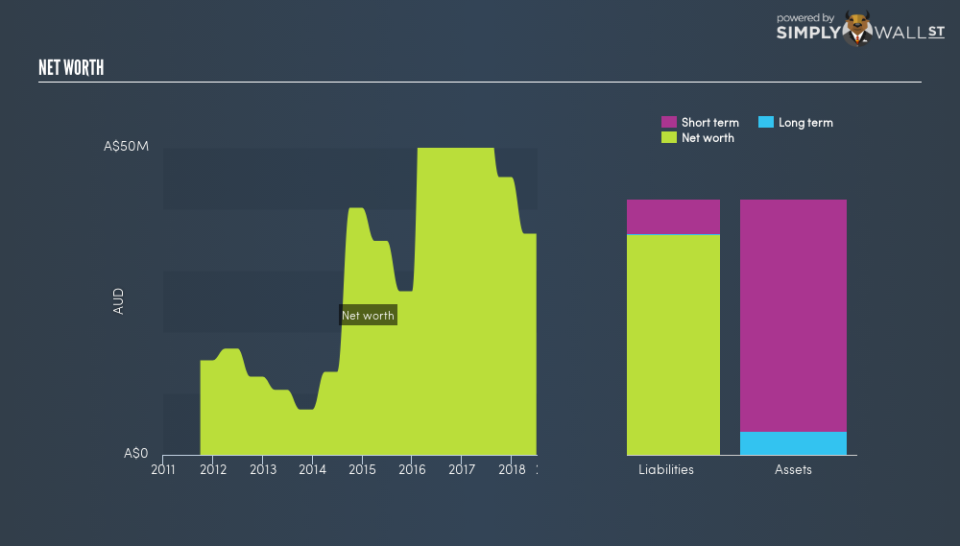Have You Considered This Before Investing In ImpediMed Limited (ASX:IPD)?

If you are currently a shareholder in ImpediMed Limited (ASX:IPD), or considering investing in the stock, you need to examine how the business generates cash, and how it is reinvested. What is left after investment, determines the value of the stock since this cash flow technically belongs to investors of the company. I’ve analysed below, the health and outlook of IPD’s cash flow, which will help you understand the stock from a cash standpoint. Cash is an important concept to grasp as an investor, as it directly impacts the value of your shares and the future growth potential of your portfolio.
See our latest analysis for ImpediMed
What is ImpediMed’s cash yield?
ImpediMed’s free cash flow (FCF) is the level of cash flow the business generates from its operational activities, after it reinvests in the company as capital expenditure. This type of expense is needed for ImpediMed to continue to grow, or at least, maintain its current operations.
The two ways to assess whether ImpediMed’s FCF is sufficient, is to compare the FCF yield to the market index yield, as well as determine whether the top-line operating cash flows will continue to grow.
Free Cash Flow = Operating Cash Flows – Net Capital Expenditure
Free Cash Flow Yield = Free Cash Flow / Enterprise Value
where Enterprise Value = Market Capitalisation + Net Debt
The business reinvests all its cash profits as well as borrows more money, to maintain and grow the company. This leads to a negative FCF, as well as negative FCF yield, in which case is not a very useful measure.
What’s the cash flow outlook for ImpediMed?
Does ImpediMed’s future look brighter in terms of its ability to generate higher operating cash flows? This can be estimated by examining the trend of the company’s operating cash flow going forward. In the next couple of years, IPD is expected to deliver a decline in operating cash flow compared to the most recent level of -AU$23.5m, which is not an encouraging sign. Breaking down operating cash growth into a year-on-year basis, it seems like IPD will face a continued decline in growth rates, from -34.8% in the upcoming year, to -170% by the end of the third year.
Next Steps:
Now you know to keep cash flows in mind, I suggest you continue to research ImpediMed to get a more holistic view of the company by looking at:
Historical Performance: What has IPD’s returns been like over the past? Go into more detail in the past track record analysis and take a look at the free visual representations of our analysis for more clarity.
Management Team: An experienced management team on the helm increases our confidence in the business – take a look at who sits on ImpediMed’s board and the CEO’s back ground.
Other High-Performing Stocks: If you believe you should cushion your portfolio with something less risky, scroll through our free list of these great stocks here.
To help readers see past the short term volatility of the financial market, we aim to bring you a long-term focused research analysis purely driven by fundamental data. Note that our analysis does not factor in the latest price-sensitive company announcements.
The author is an independent contributor and at the time of publication had no position in the stocks mentioned. For errors that warrant correction please contact the editor at editorial-team@simplywallst.com.

 Yahoo Finance
Yahoo Finance 
